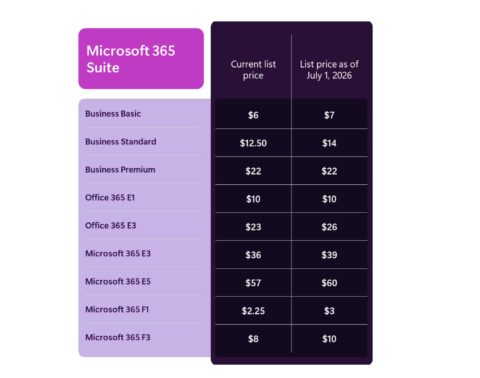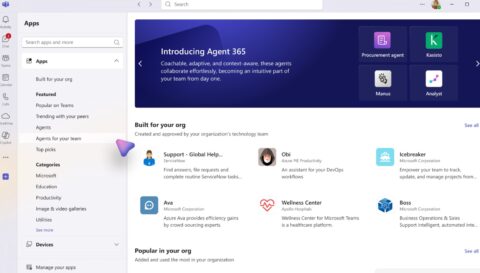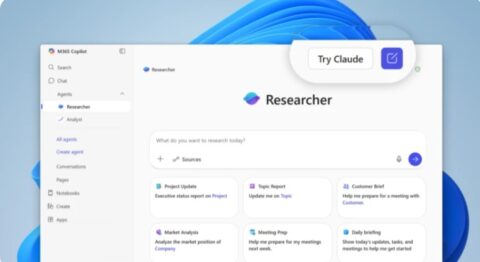Updated: April 8, 2024 (February 13, 2024)
BlogKeeping up with Microsoft’s Azure Services

Most people familiar with Microsoft’s Azure platform know about its services such as Azure VMs, virtual networks, App Service, SQL Database, and Storage. Many also know about Cosmos DB, Azure Kubernetes Service, Monitor, Policy, Arc, and the AI services (which have recently been rebranded from Applied AI Services and Cognitive Services to just AI Services). Those that work more closely with Azure might know about Bastion, Front Door, Cache for Redis, HDInsight, Key Vault, and Logic Apps.
But wait. There are more Azure services. Lots more.
Fewer individuals have likely heard of Azure Lighthouse, Private MEC, SignalR Service,, System Center Operations Manager Managed Instance, Chaos Studio, Load Testing, and Web PubSub. And deep in the Azure crannies are services such as API Center (not API Management, but API Center), Spring Apps, Genomics, CycleCloud, Playwright Testing, Managed Confidential Consortium Framework, and Managed Lustre. By the time this column is published, there will likely be even more additions to the list.
Azure consists of lots of services. There isn’t a clear definition of service — some are subservices or features of other services. There are at least 60, and by some counts, more than 200. New services regularly arrive, and some depart, heading to deprecation and discontinuation.
Keeping up with the Azure services
How can orgs find out about Azure services in order to evaluate them and uncover new development opportunities or improve on current deployments? There are several ways.
You can refer to Directions on Microsoft, where we analyze and report on the Azure landscape extensively, especially in our semi-annual Azure Roadmap. You can scour Microsoft’s Azure products list for new entries (which aren’t easily spotted). You can keep tabs on Microsoft’s Azure updates feed or follow the company’s numerous blogs. You can watch Microsoft conference sessions. You can have a conversation about the topic with Copilot, ChatGPT, or your favorite AI.
A few less-talked-about Azure services
Even with all these tools, you still might not discover all the new Azure additions. Here are a few examples of what you could miss. (These aren’t all recent arrivals, further demonstrating that some Azure offerings live in stealth mode.)
API Center
Azure API Center, in preview, is a service that catalogs customer APIs for tracking, discoverability, inventory, and other governance. API Center gives organizations a central database of all their APIs, regardless of hosting location. This helps administrators audit APIs to, for example, ensure they are secure and compliant, and it helps development teams advertise and discover available APIs. The service does not publish APIs like Azure API Management, a separate service that could be confused with API Center.
Spring Apps
Azure Spring Apps is a service that allows deployment of Java Spring Boot applications on Azure. Spring Boot is an open-source framework often used for implementing microservices. Azure Spring Apps includes preview support for ASP.NET Core Steeltoe, which also focuses on microservices.
Genomics
Azure Genomics can help with genome research by performing analysis using the Genome Analysis Toolkit (GATK), which is a third-party tool for studying DNA. It also provides an implementation of the Burrows-Wheeler Aligner (BWA), which helps identify DNA variations for studying diseases and ancestry. Azure compute scalability speeds the performance of these solutions.
CycleCloud
Azure CycleCloud creates and manages high-performance computing (HPC) clusters. It offers flexibility for how jobs are performed, such as support for hybrid clusters and compatibility with third-party schedulers.
Playwright Testing
Microsoft Playwright Testing, in preview, is a managed implementation of the Playwright Node.js library, which can do cross-browser, cross-OS Web application testing. It can help development teams build automated tests, reducing manual efforts.
Managed Confidential Consortium Framework (CCF)
CCF is used to create blockchain networks. It uses confidential computing for transactions, which is processor hardware security that protects data “in use,” that is, the data remains encrypted in memory and is only decrypted as it is loaded into the CPU.
Managed Lustre
Lustre is an open-source parallel file system optimized for high performance computing (HPC) and AI workloads. Azure Managed Lustre leverages managed disks to offer Lustre as a managed service. The service integrates with Azure blob storage for data tiering to reduce costs when the Lustre system is not in use.
It pays to always be on the lookout for new (and old) stuff that has crept into Azure. Your organization may benefit with improved or novel ways to use the platform.
Related Resources
Azure Roadmap Report (Directions members only)
Kit: Migrating Compute Workloads to Azure VMs (Directions members only)















